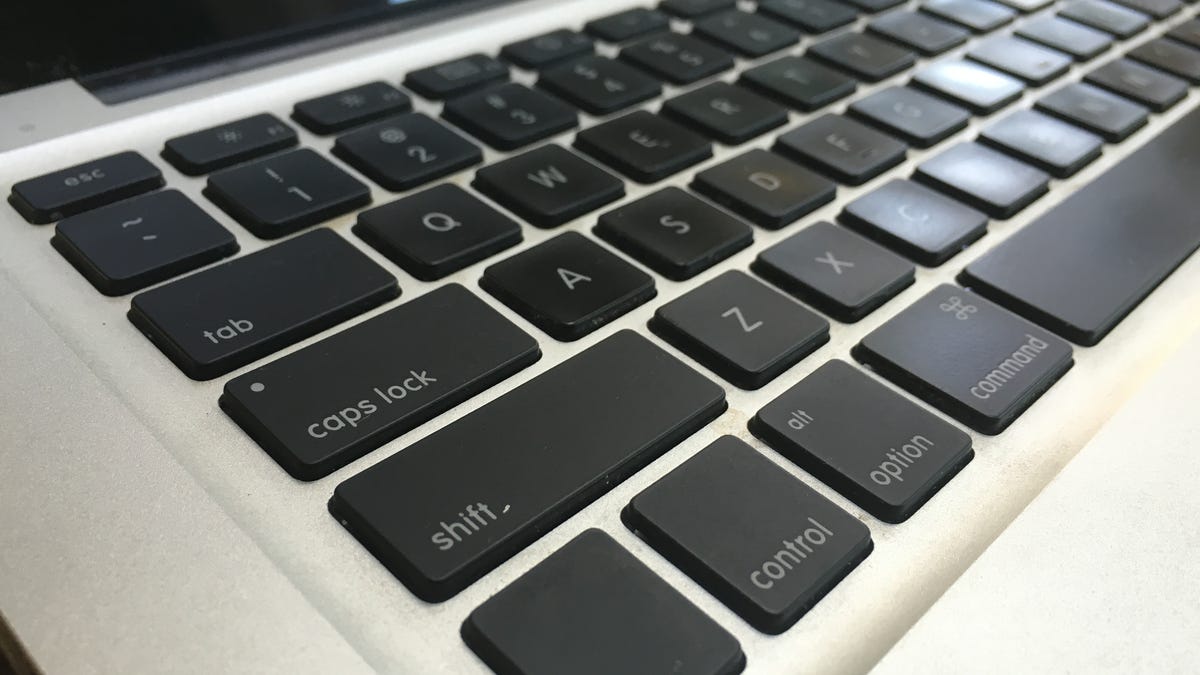

Right-click using a Trackpad (like on a 2 button mouse) Scroll using a Trackpad (like a mouse’s scroll wheel) Hold Ctrl-Shift and press the Eject key or Power button Hold Ctrl and press the Eject key or Power button (or hold the Power button for a few seconds and the dialog will appear) Show Dialog with Restart, Sleep & Shutdown Options Press the Power button (or hit Cmd-Opt-Eject) Hold Cmd-Opt-Ctrl and press the Eject key or Power buttonįorced Restart (only do this when absolutely needed) Start up in Single-User mode (command line) Hold Mouse button down immediately after powering onīypass primary startup volume and seek a different startup volume (CD, etc.) Startup, Restart, Shutdown & Sleep Action Press Return twice to decrease the indent, exiting the current sublist/list.Press Shift-Tab to remove a level of indention.Press Tab at the start of a blank list item to indent it, creating a sublist.Press Return to create another list item.Press Option-Tab to convert the current line into a list item.Press Option–Esc (or F5) to open suggested word list You can press the corresponding number under the character you want to type to choose it (or arrow over to it). Example: Holding the “A” key will display à á â etc. On the left you can select Emoji or other Symbols. Mouse over a word and hit Cmd-Ctrl-D (Or on a trackpad use 3 fingers to tap on a word)Ĭommand-Control-Space will open the Special Character panel. Paste and Match Style (so it looks the same as the text you are pasting into)

Mac delete key symbol full#
On Laptops: Delete Text to the right of the cursor (like the Del key on a full keyboard) Go to beginning of current or previous wordĪdd Shift to the above keystrokes to make a selection to that point. Working with Text Only work in some apps (Safari, Mail, TextEdit, etc.) Action Pinch on a trackpad or hold Cmd and hit + (plus) to zoom in or - (minus) to zoom out. Zoom In/Out in Quick Look (Images & PDFs) On a trackpad can also tap with 3 fingers. Open Quick Look (Previews most types of files without having to open them) Move or Remove item in toolbar (at the top of the window). Hide/Show Toolbar (on the top) and the Sidebar May be a comma (,) instead of period for some languages.

Toggle Hidden Files (Show Hidden Files or Hide Them). Undo the last action (such as rename file, copy file, etc.) Show Inspector (a single, live refreshing Info window) Move selected files to the Trash (called the Recycle Bin in Windows)Įmpty the Trash with warning (like emptying Recycle Bin in Windows)Įmpty the Trash with no warning (like emptying Recycle Bin in Windows)Ĭancel a drag-n-drop action while in the midst of dragging Immediately Delete a File (does not put file in Trash) Move a file instead of copying (Copies to the destination and removes it from the original disk.) Option Double-Click column divider (or the resize widget at the bottom of the column divider, depending on your setup)Ĭopy and Paste files Exactly (Keeps original ownership & permissions. Resize all columns to fit their longest file names (Column View) Resize one column to fit the longest file name (Column View)ĭouble-Click column divider (or the resize widget at the bottom of the column divider, depending on your setup) Select the next icon in Icon and List views Go into selected folder or open the selected file Sudo launchctl unload -w - /Library/LaunchAgents/ sudo rm -f - /Library/LaunchAgents/ ~/.Open Sidebar item in a new Tab or Window (depending on Finder Preferences) Open your favourite terminal Terminal, iTerm, etc. but what worked at the end is the following. To do so, I experimented with different apps, scripts, etc. Long story short, I had to find a way to swap places, through software, between the key, right next to left Shift key, and the one right next to 1. I don’t have anything with the symbol but in my day to day it’s totally useless and I started missing my beloved symbol ( ~) which is so often used in coding. The problem is that even if you set the keyboard layout to US in MacOS when you hit the key next to 1, this symbol starts appearing §. In Greece we are using the US keyboard layout and that means that the tilde key (~) is placed next to number 1 at the top left corner of the key, like the following picture:Ībout a year ago we moved to Luxembourg and my old Macbook died, so I had to replace it with a new one that unfortunately has the German layout:


 0 kommentar(er)
0 kommentar(er)
